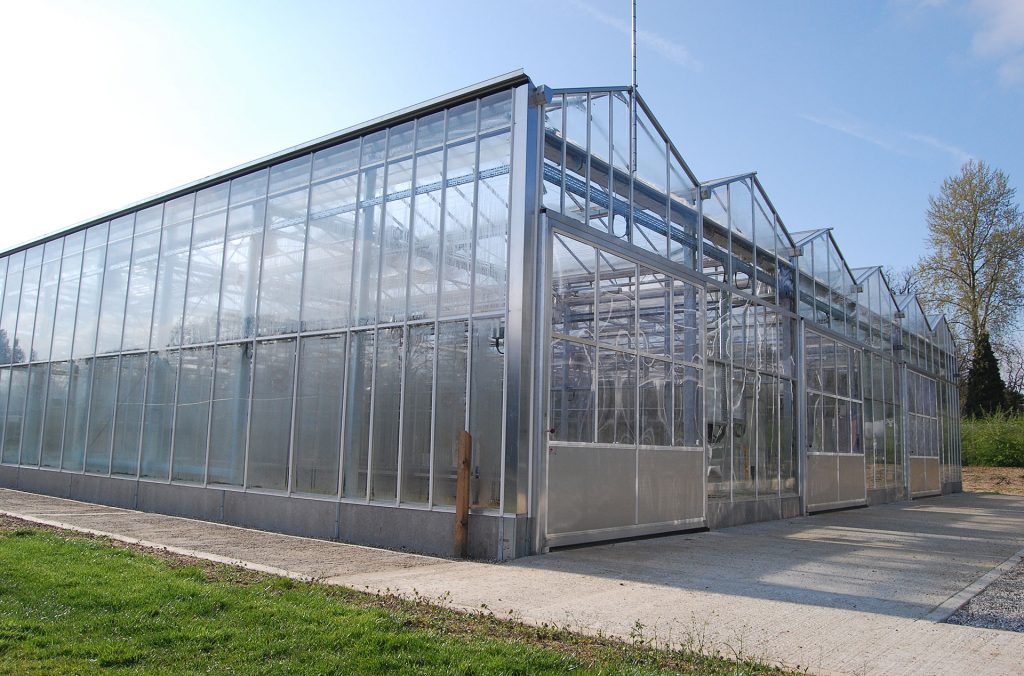Cacao and climate change research at the University of Reading
Cacao research at the University of Reading has a strong focus on physiological research into cacao responses to climate change and genetic variation in response to climate change. State of the art facilities at the Controlled Environment Laboratories at University of Reading enable us to grow cacao to maturity under simulated climate change conditions. In our suite of six climate-controlled greenhouses specifically designed for research into cacao we can control temperatures, light levels, irrigation frequency as well as enriching the greenhouse atmosphere with CO2. In this way we can simulate various predicted climate scenarios and measure cacao responses. With close control over the climate conditions within the greenhouses we can examine the interactive effects of various climate variables in both immature and pod bearing cacao trees.

The cacao climate change program has been running at Reading since 2010. Within this program we have examined the interactive effects of elevated CO2 and water deficit on different genotypes of juvenile and mature cacao trees. One focus of our current research agenda is on genetic variation in response to high temperature and elevated CO2 in seedlings and mature pod-bearing trees. Other key areas of interest within our climate change program is the development of screening tools for the identification of high temperature tolerance within cacao germplasm and the identification of traits conferring water deficit resilience to cacao. The aim is to develop a set of tools which breeders can incorporate into selection programs to identify and select for cacao material with greater climate resilience.
Drawing together the physiological data output from the various experimental research projects is the cacao crop model which is being developed at Reading. Here, we are taking a resource capture approach to examine how selecting for particular physiological traits (e.g. leaf area index, photosynthetic parameters, biomass partitioning) will impact on growth and yield under predicted climate change conditions.
